In a move to combat persistent inflationary pressures, the Bangladesh Bank (BB) has announced a 'cautiously tight' Monetary Policy Statement (MPS) for the first half of the current fiscal year 2024-25 (H1FY25). The central bank aims to maintain price stability while supporting economic growth through targeted interventions.
Key highlights of the MPS for July to December of FY25 include:
- Keeping the policy (Repo) rate unchanged at 8.50 percent, the Standing Deposit Facility (SDF) rate at 7.0 percent, and the Standing Lending Facility (SLF) rate at 10.0 percent.
- Continuing quantitative tightening measures, such as streamlining Open Market Operations, ceasing currency swaps among banks and BB, and refraining from creating new money for government spending.
- Maintaining a contractionary monetary policy stance for over a year, significantly increasing the policy rate and avoiding new high-powered money issuance for government spending.
Inflation control remains the top priority for BB, with the central bank aiming to bring down inflation to around 6.5 percent by the end of FY25[5]. The government is supporting these efforts by reducing tariffs on selected commodities, expanding social protection schemes, and introducing the Family Card.
To further stabilize the exchange rate and move towards a more flexible system, BB introduced a crawling peg system on May 8, 2024, linking the Taka's value to a currency basket aligned with the Real Effective Exchange Rate (REER) Index. The mid-rate for the crawling peg system is kept unchanged at Tk. 117.00 per USD.
Recent foreign exchange policy liberalization initiatives, such as the Resident Foreign Currency Deposit (RFCD), Non-Resident Foreign Currency Deposit (NFCD), and Offshore Banking Act 2024, are expected to bolster foreign exchange inflows, alleviate exchange rate pressure, and support rebuilding foreign exchange reserves.
BB will continue providing comprehensive credit support to agriculture and CMSMEs as part of its supply-side intervention policy to enhance production and support employment generation. The central bank remains prepared to take necessary policy actions if required to address the evolving economic landscape.



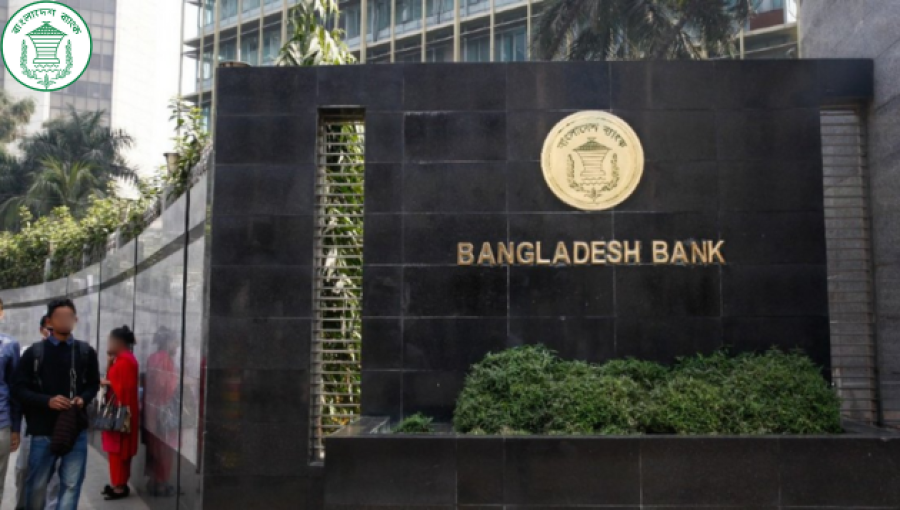
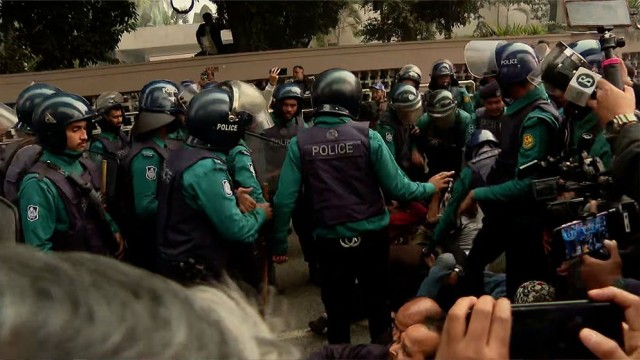



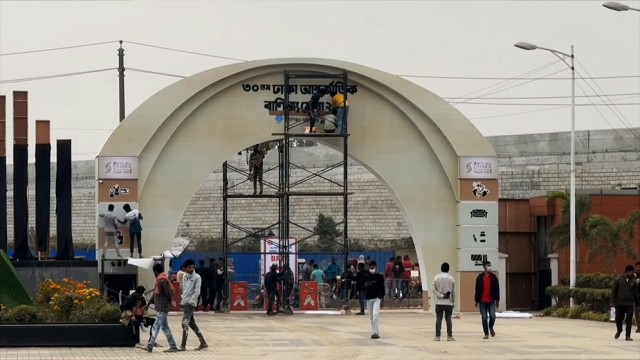


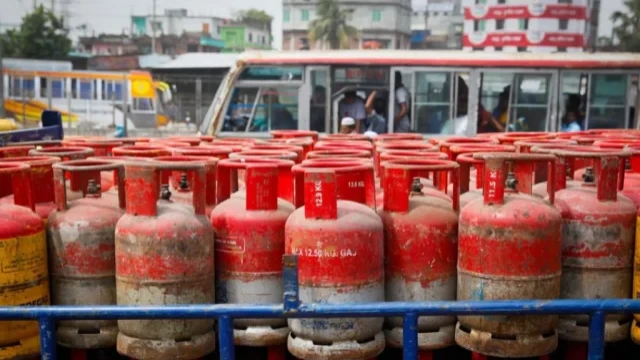
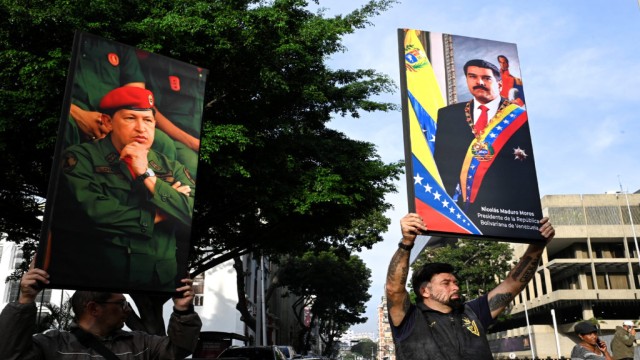

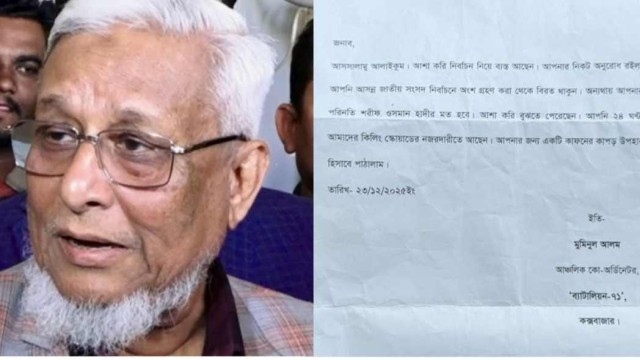
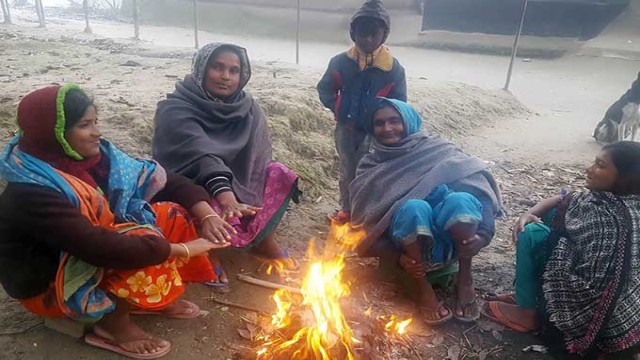





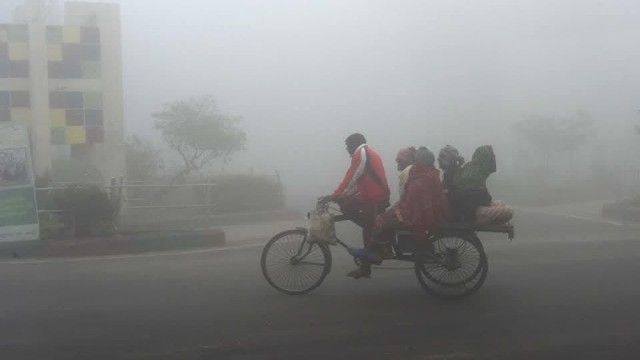
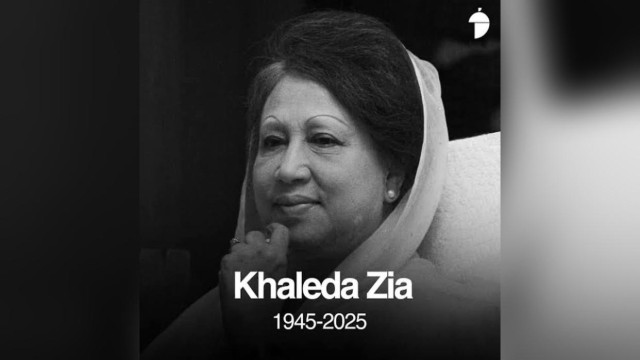
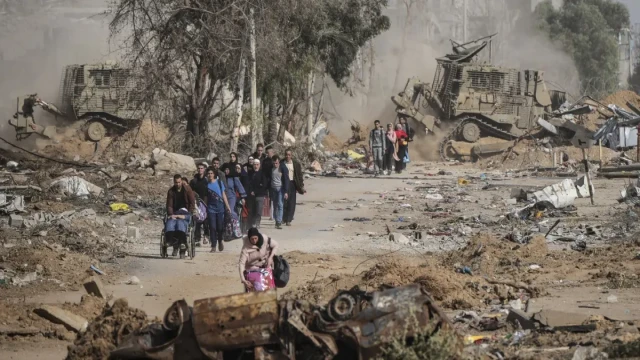




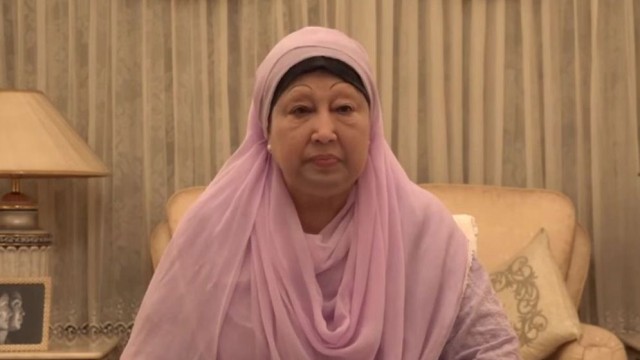


Comment: